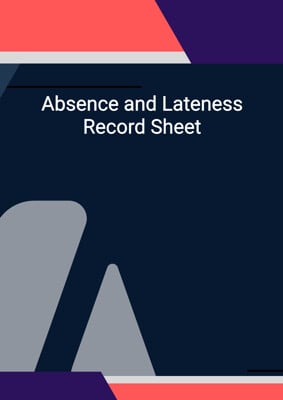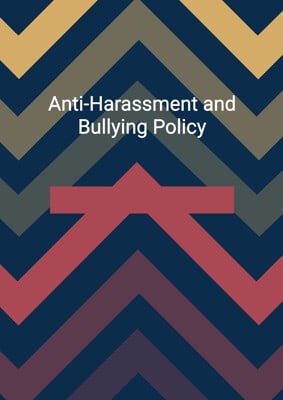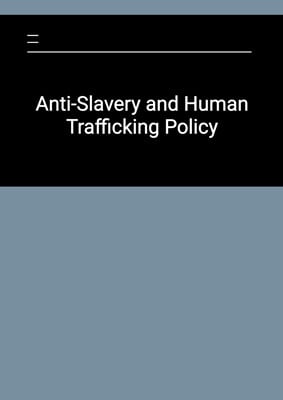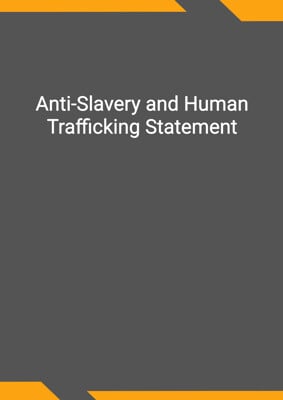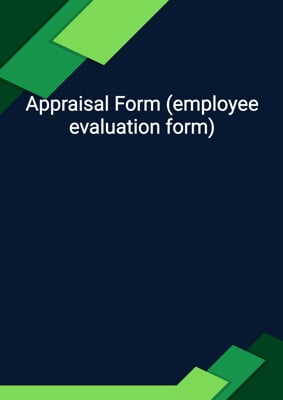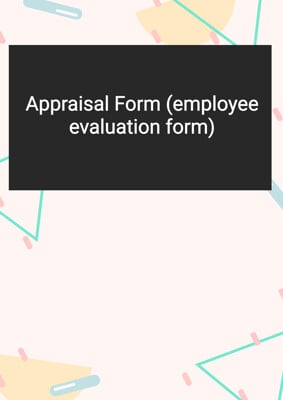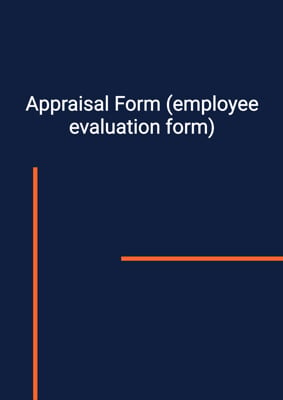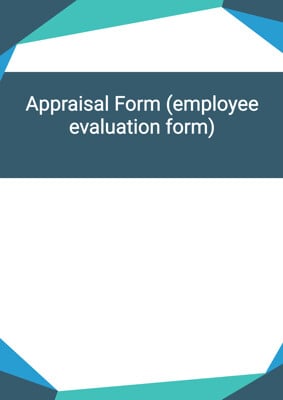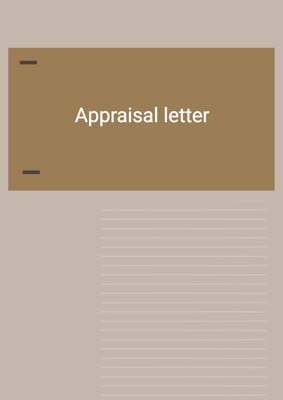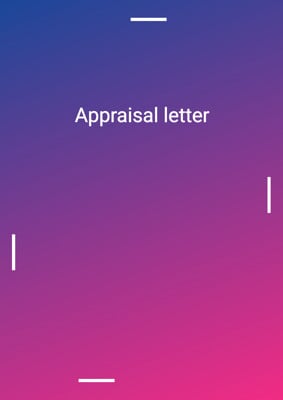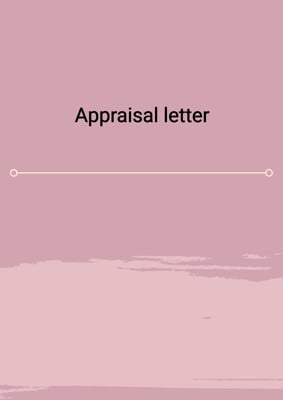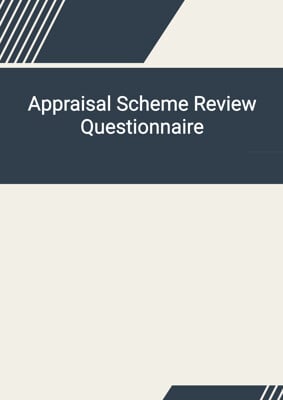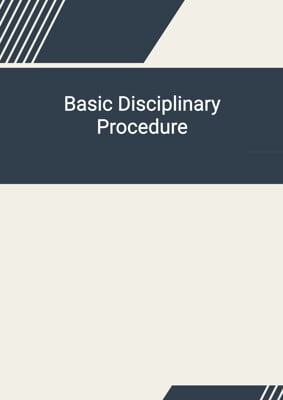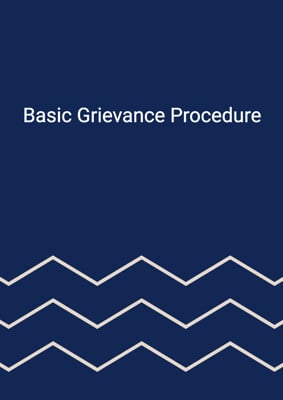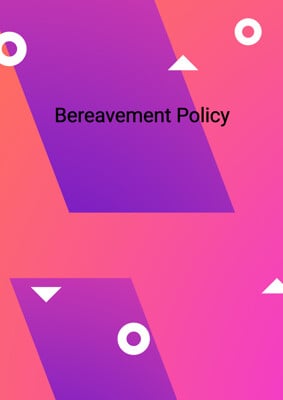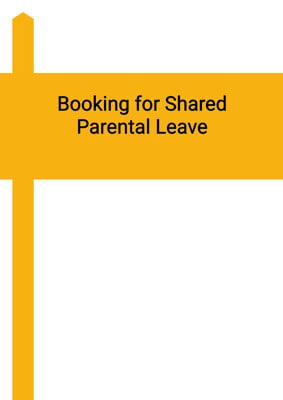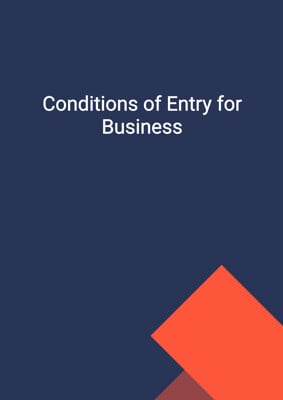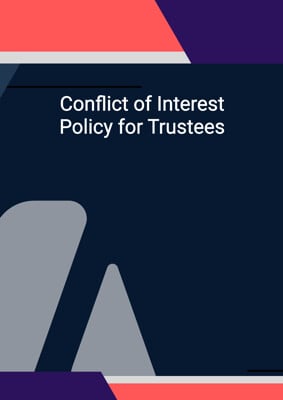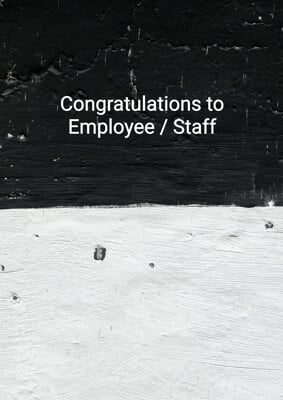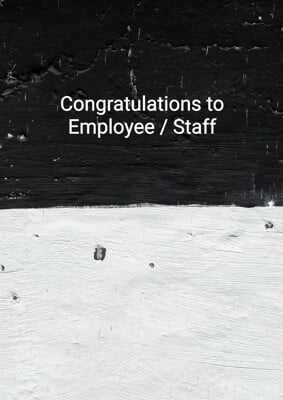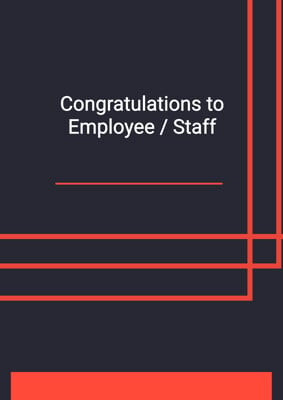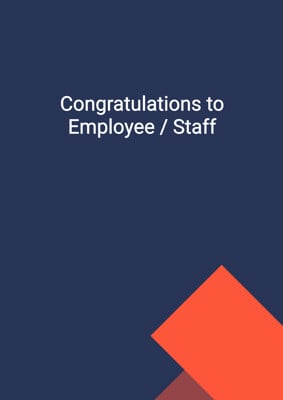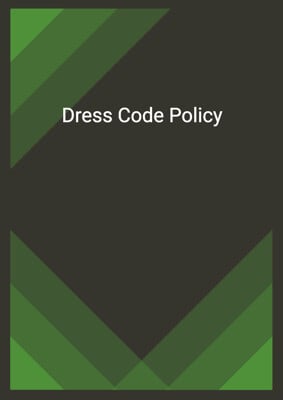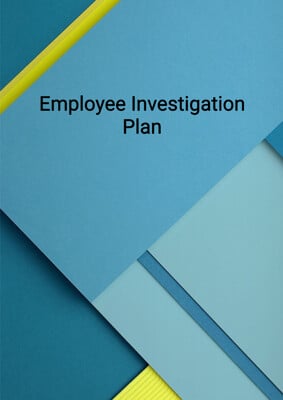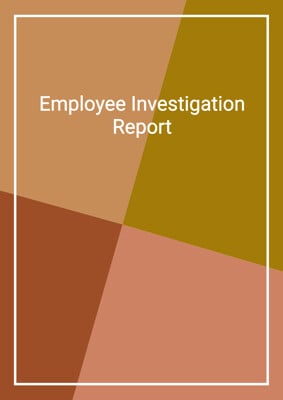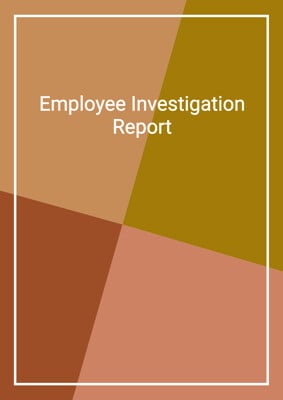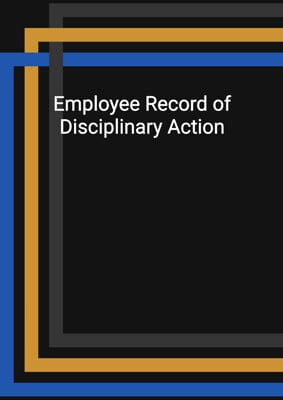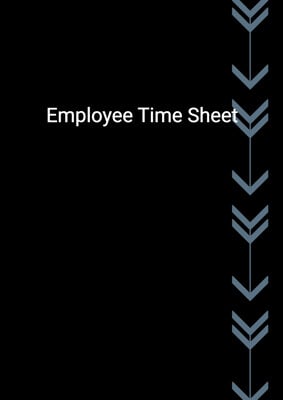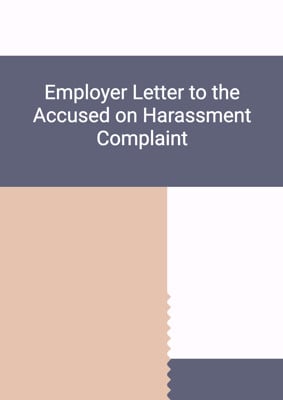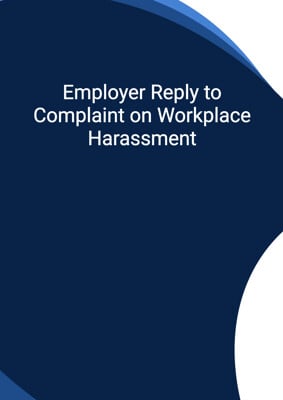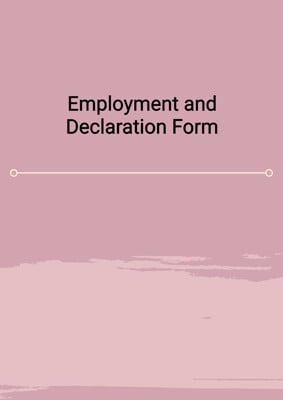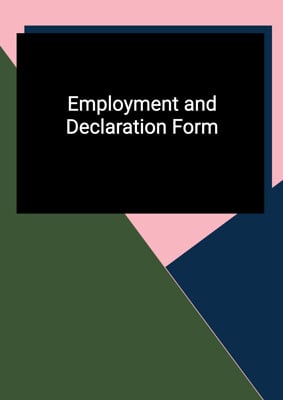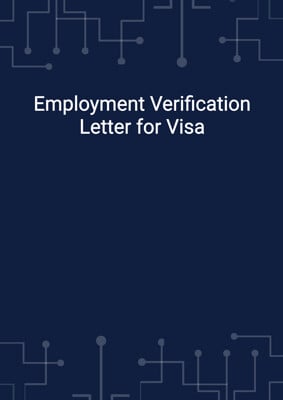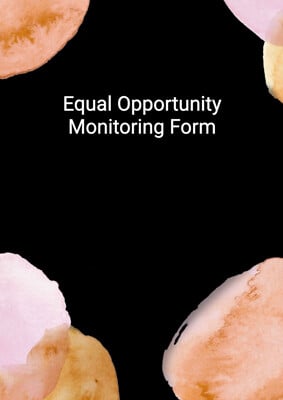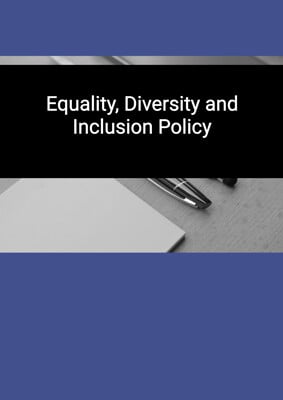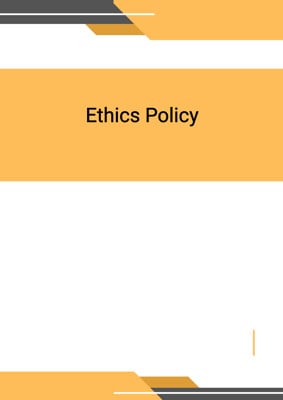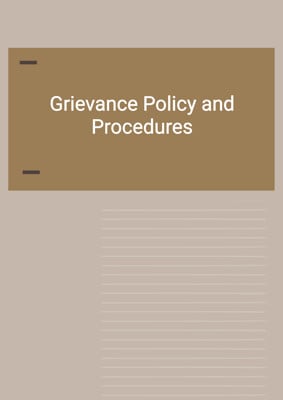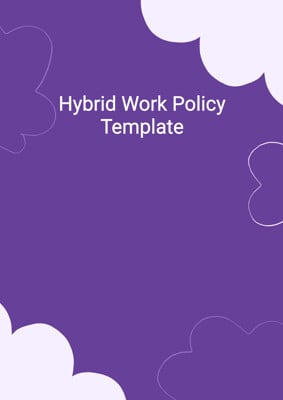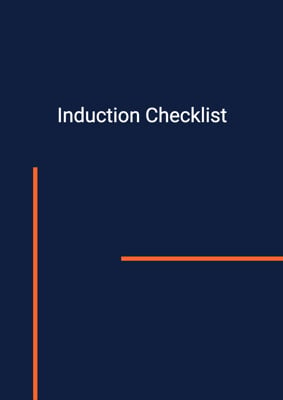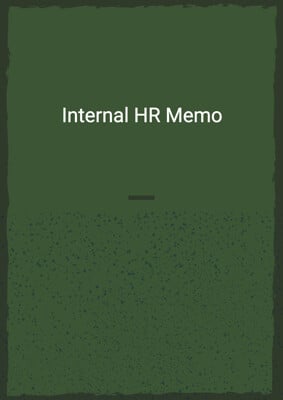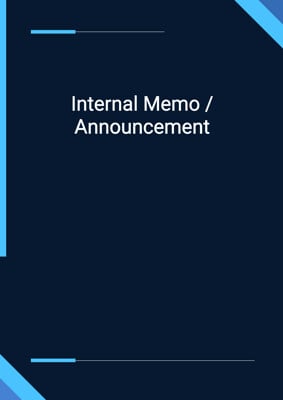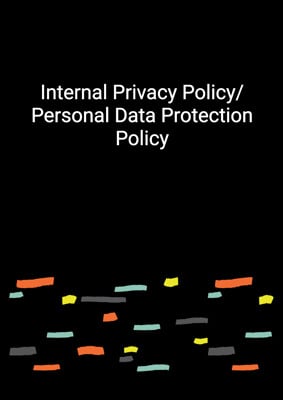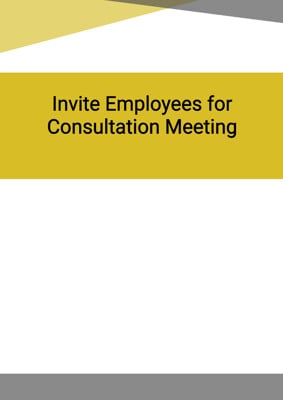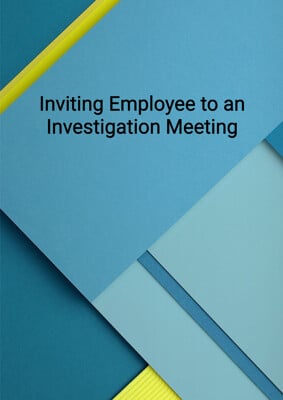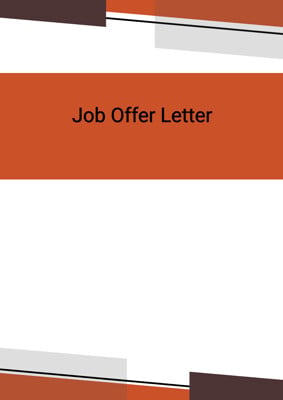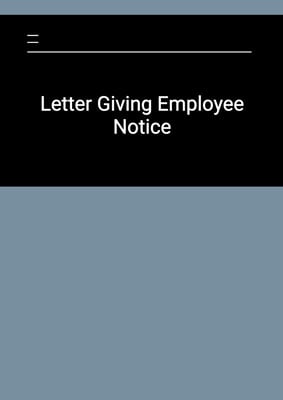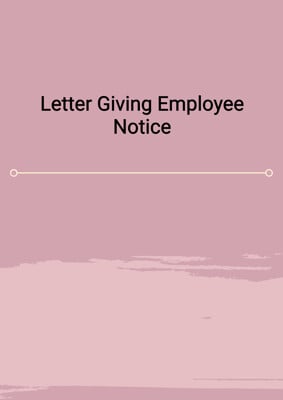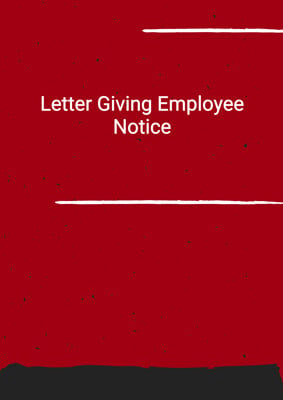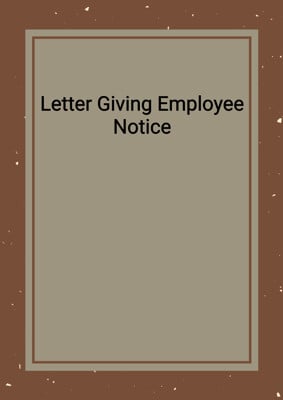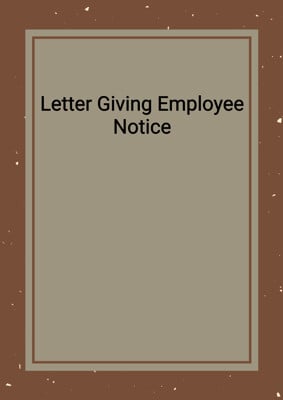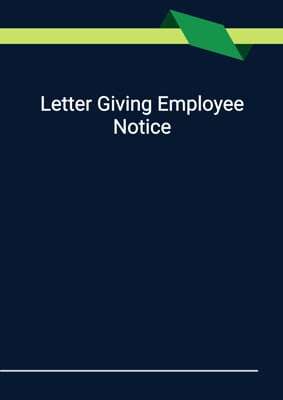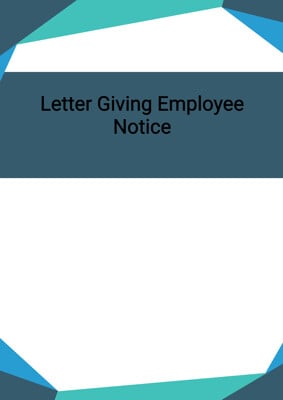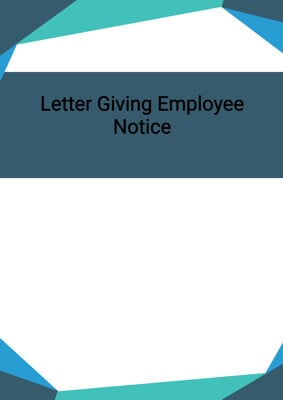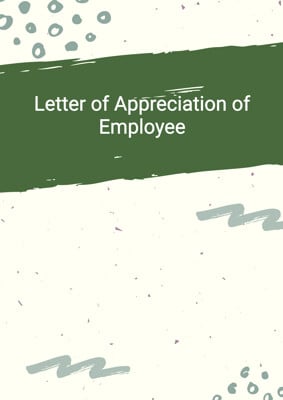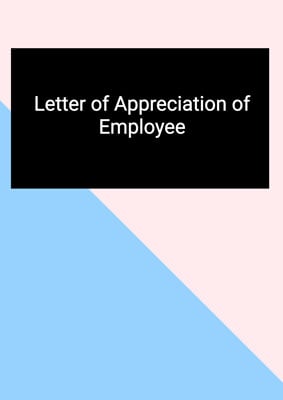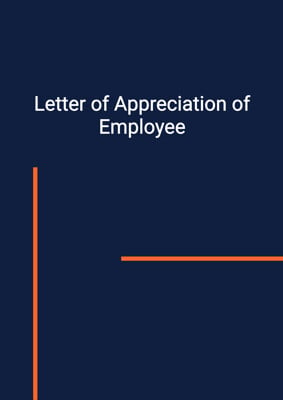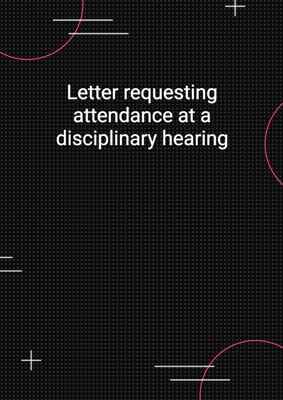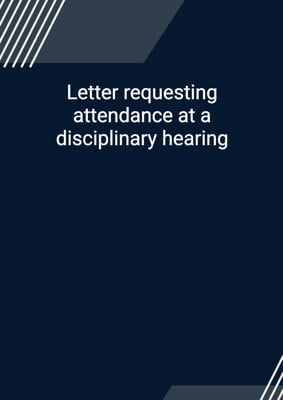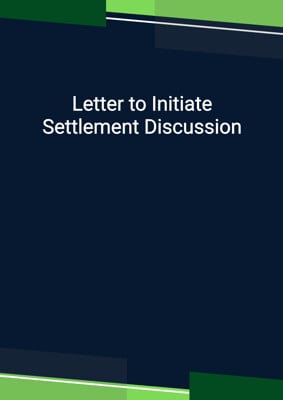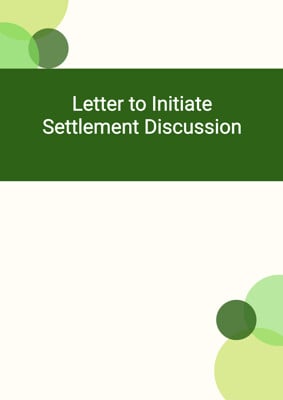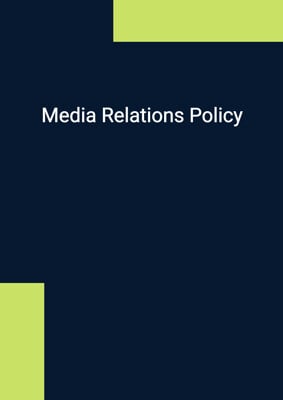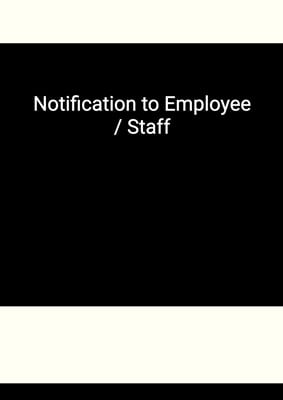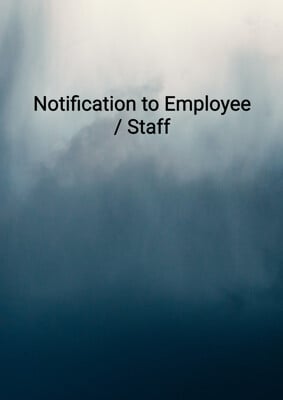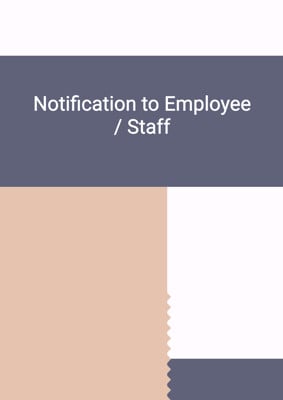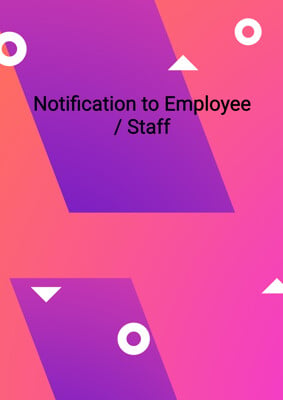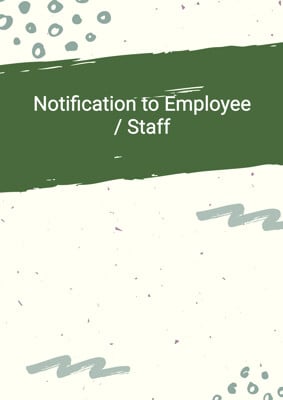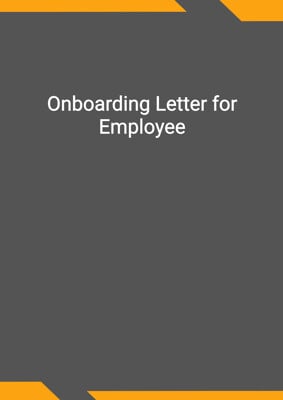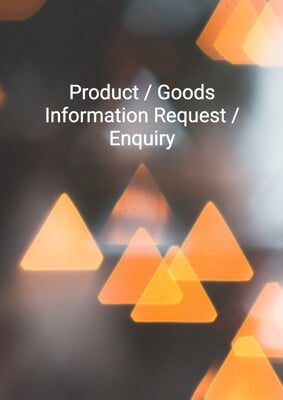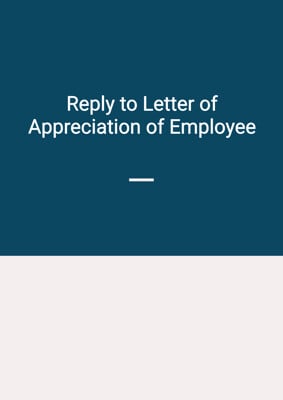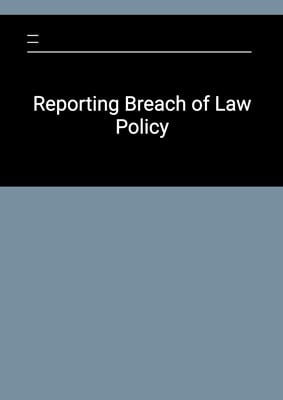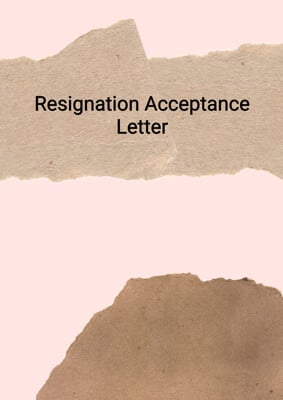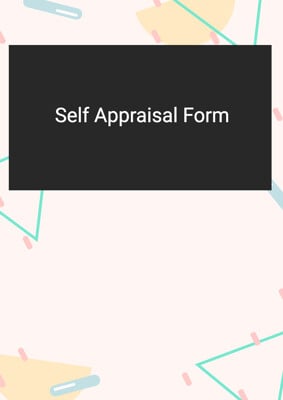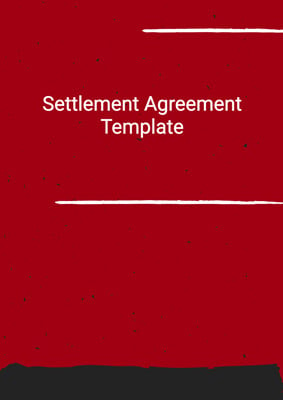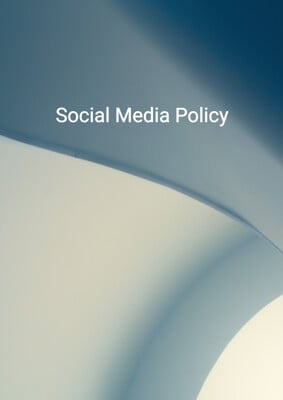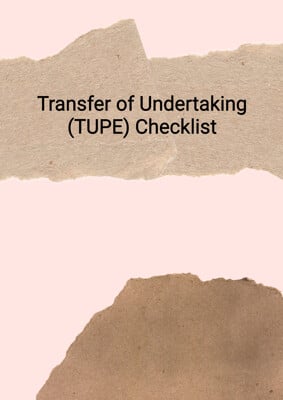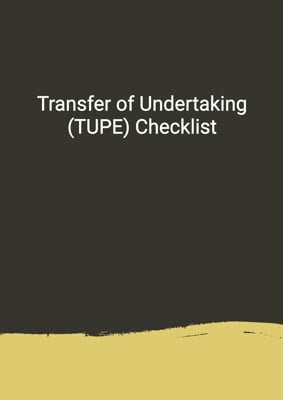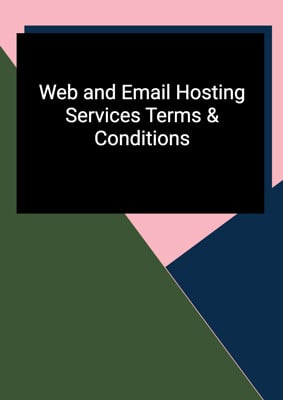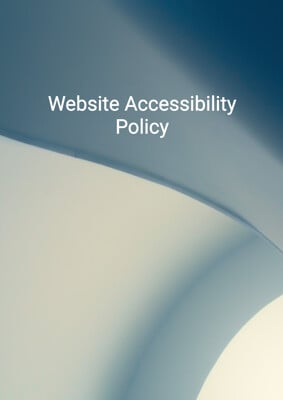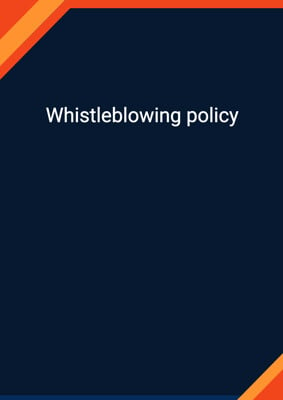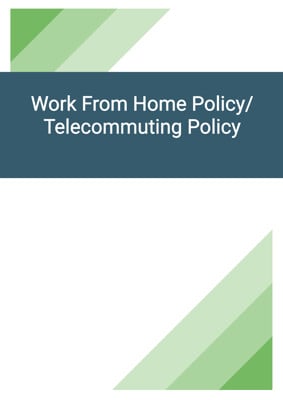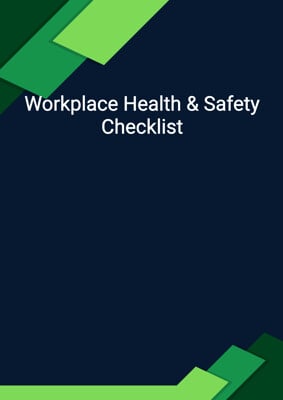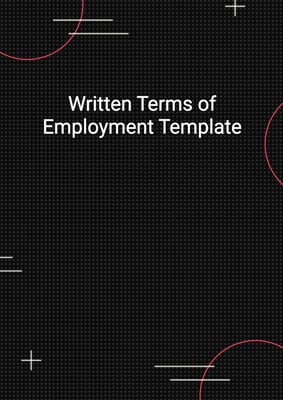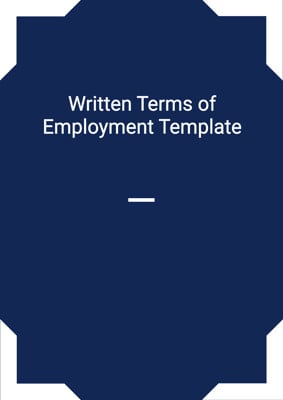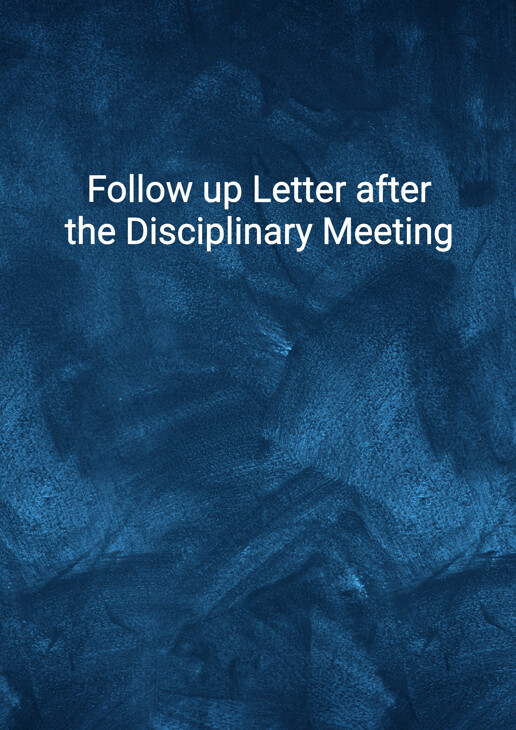
Follow up Letter after the Disciplinary Meeting
Conduct Review/Disciplinary Actions/No Actions
This document can be used as a template for the investigator / HR department to follow up with the employee with the disciplinary meeting. It sets out whether the disciplinary actions stay or should be revoked.
How to Tailor the Document for Your Need?
01
Create Document
Click "Create Document" button and the document will be prepared with your account details automatically filled in.
02
Fill Information
Please fill in any additional information by following the step-by-step guide on the left hand side of the preview document and click the "Next" button.
03
Get Document
When you are done, click the "Get Document" button and you can download the document in Word or PDF format.
04
Review Document
Please review the document carefully and make any final modifications to ensure that the details are correct before publication / distribution.
Document Preview
Document Description
The document titled 'Follow up Letter after the Disciplinary Meeting' is an important communication tool used by companies to inform employees about the outcome of a disciplinary meeting. It serves as a formal confirmation of the decision made during the meeting and provides details regarding the disciplinary action that will be taken against the employee if necessary.
The entire document consists of a header section, a body section, and a closing section. The header section includes the account holder's first name, last name, job title, and address. This information helps in identifying the employee and ensuring that the letter reaches the intended recipient.
The body section of the document begins with a salutation addressing the recipient as 'Sir/Madam.' It then provides a brief introduction, stating that the employee was previously informed about the possibility of disciplinary action. The next paragraph mentions the date of the disciplinary meeting and states the decision made during the meeting.
If the decision is to take disciplinary action, the document proceeds to specify the nature of the action. This is done by mentioning the particulars of the action that will be taken against the employee. The reasons for the disciplinary action are also provided in this section to ensure transparency and clarity.
On the other hand, if no further action is being taken, the document mentions that explicitly and skips the details of the disciplinary action.
The closing section of the document informs the employee about their right to appeal the decision. It specifies the deadline for filing an appeal and provides contact information for the appeal process.
In summary, the 'Follow up Letter after the Disciplinary Meeting' is a crucial document that serves to formally communicate the outcome of a disciplinary meeting to an employee. It provides a detailed introduction, explains the decision made during the meeting, and outlines the disciplinary action or lack thereof. It also informs the employee about their right to appeal the decision and provides relevant contact information.
How to use this document?
1. Addressing the letter: Fill in the account holder's first name, last name, job title, and address in the header section of the document.
2. Introduction: Begin the body section with a salutation addressing the recipient as 'Sir/Madam.'
3. Mentioning previous communication: State that the employee was previously informed about the possibility of disciplinary action.
4. Disciplinary meeting details: Mention the date of the disciplinary meeting and briefly summarize the decision made during the meeting.
5. Disciplinary action (if applicable): If disciplinary action is being taken, specify the particulars of the action that will be taken against the employee.
6. Reasons for disciplinary action: Provide a clear and detailed explanation of the reasons for the disciplinary action.
7. No further action (if applicable): If no further action is being taken, explicitly state that in the document.
8. Right to appeal: Inform the employee about their right to appeal the decision and specify the deadline for filing an appeal.
9. Contact information: Provide relevant contact information for the appeal process.
10. Closing: End the document with a suitable closing, such as 'Yours sincerely.'
Not the right document?
Don’t worry, we have thousands of documents for you to choose from:
